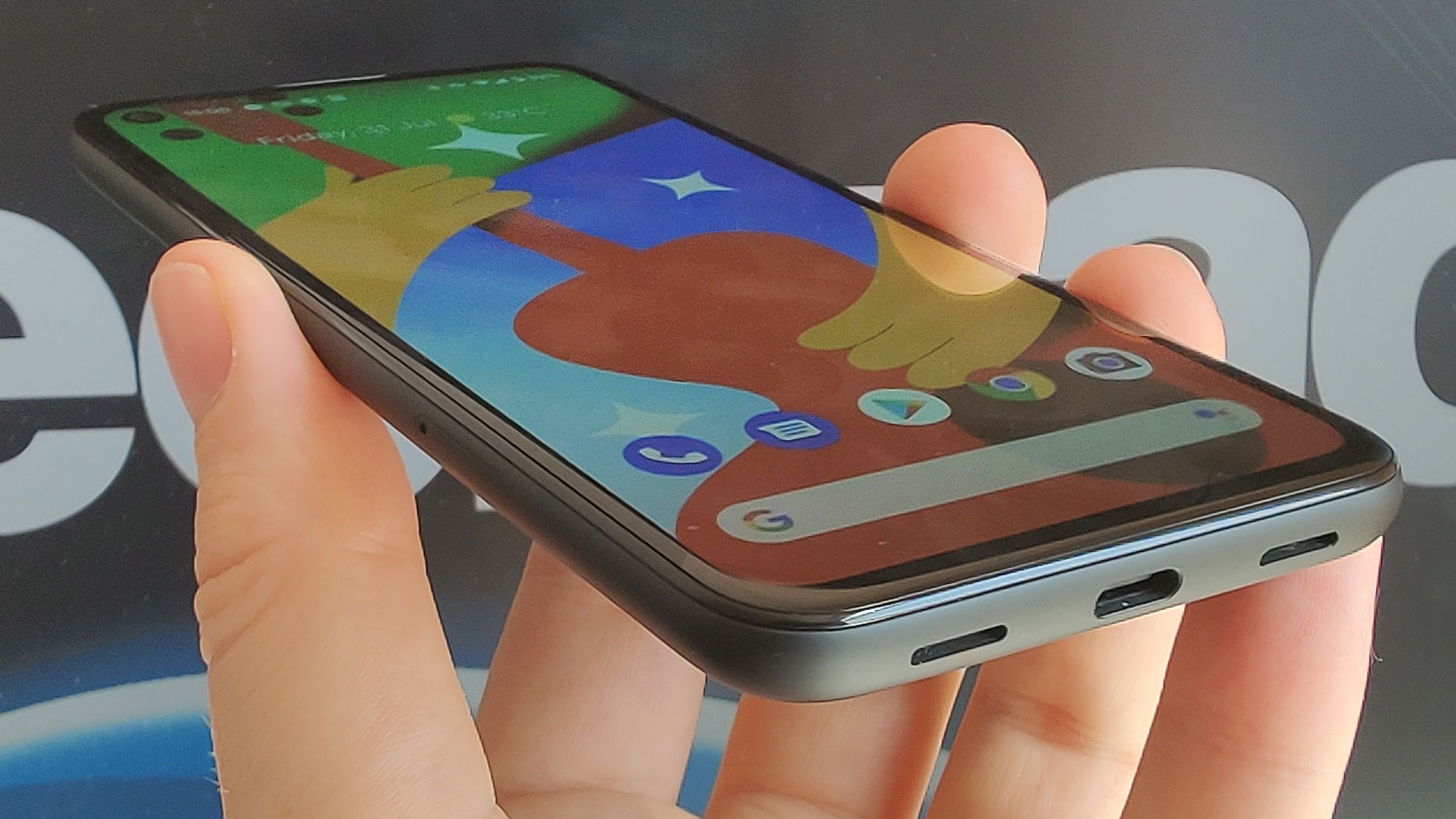There's already a sequel to the Google Pixel 4a chipset

Qualcomm announced the next generation of chipsets to power mid-range gaming phones: the Snapdragon 732G, which could power the Google Pixel 5a and Xiaomi Mi Note 11.
That’s because the new chipset is replacing the Snapdragon 730G, which was introduced in mid-2019 and powers the Google Pixel 4a, Xiaomi Mi Note 10 family, and other mid-range phones. At least one phonemaker – POCO – has already affirmed in Qualcomm’s press release it will use the 732G in one of its future phones.
The improvements aren’t too significant from the Snapdragon 730G to the new 732G, but that’s not surprising in a year-old chipset: the core clock speed is upped from 2.2 GHz to 2.3 GHz, while the Adreno 618 GPU has 15% improved graphical rendering, according to the official press release.
- Best gaming phones: the top handsets for mobile gaming
- Best cheap phones: will a Snapdragon 732G-powered phone end up here?
- Google Pixel 5a: a mainstream phone that could get the chipset
Snapdragon 732G: the best new chipset below 5G
The Snapdragon 732G has an X15 LTE modem, which doesn’t have 5G connectivity. That sets a clear line between the cheaper mid-range phones powered by this chipset and (assumedly) each that’s numbered lower and the minimal 5G-capable chipset, the Snapdragon 765 and 765G.
It’s no surprise that we’ll continue to see 4G LTE-only phones as 5G infrastructure is built out, especially given the increase in price for 5G connectivity that we’ve seen in this year’s 5G phones. The question was: what’s the threshold dividing these two groups?
That answer seems to be the Snapdragon 765, and every chipset below it won’t be able to connect to 5G. That could change, of course, especially if the Qualcomm processors replacing the Snapdragon 675 (found in the TCL 10 Pro, Samsung Galaxy A70, and other phones) could offer 5G capability to budget and/or mid-range phones. But we’ll have to wait and see what Qualcomm offers.
- Stay up to date with the TechRadar newsletter
Sign up for breaking news, reviews, opinion, top tech deals, and more.

David is now a mobile reporter at Cnet. Formerly Mobile Editor, US for TechRadar, he covered phones, tablets, and wearables. He still thinks the iPhone 4 is the best-looking smartphone ever made. He's most interested in technology, gaming and culture – and where they overlap and change our lives. His current beat explores how our on-the-go existence is affected by new gadgets, carrier coverage expansions, and corporate strategy shifts.